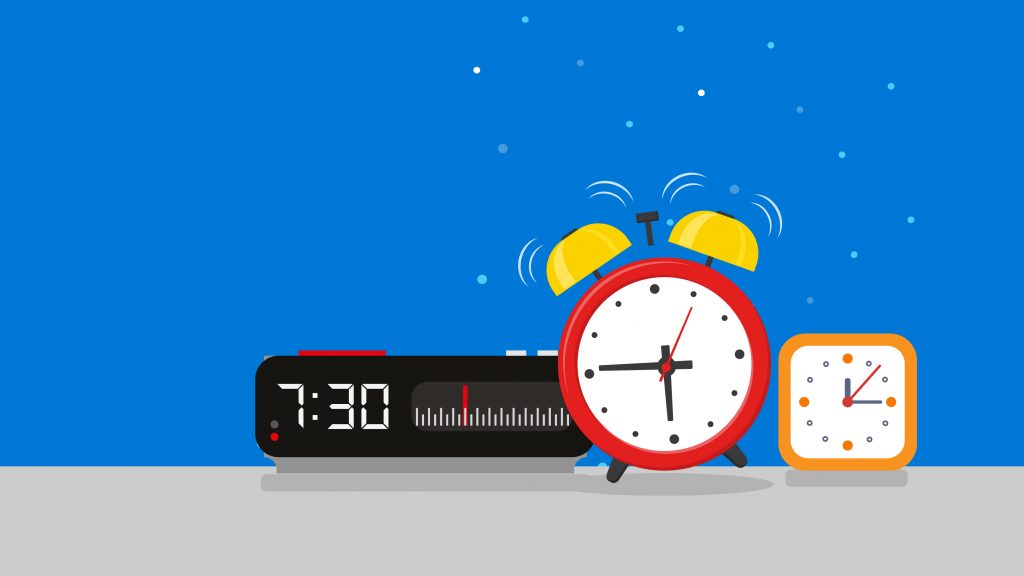When do you work best? Work habits of famous writers (and great employees)
- 4 Min Read
Everyone has their own way of working. In the case of a global and disparate workforce, time zones often make the choice for them.
- Author: Kerri Hollis
- Date published: Apr 1, 2019
- Categories

Everyone has their own way of working. In the case of a global and disparate workforce, time zones often make the choice for them. In this blog post, Kerri Hollis chats with Geraint Holliman about the role of technology in engaging disparate teams – no matter how, where, or when they’re working.
E.B. White once said: “A writer who waits for ideal conditions under which to work will die without putting a word on paper.”
Which begs the question: what are the ideal conditions? Are they a private office by day, a buzzing café during the morning rush, a slow night train into the city? Everyone has their own ideal conditions for getting work done. Need proof? James Clear has collected together some of the world’s greatest authors’ writing habits.
First up: Murakami. When he’s writing a novel, he gets up at 4 AM. Day in, day out, for as long as it takes.
Vonnegut would rise at 5:30 AM and liked to punctuate his creative sessions with push ups and sit ups.
Angelou? She travels to a local hotel every morning to avoid the distractions of home.
No matter what you think of these writers’ daily routines, I’m sure you’ll agree – they’re all very different. And the same applies to modern professionals. Each one of your employees has a place and a time that they’re their most productive.
So when it comes to getting them to work together, how do you keep everyone engaged – even when their working habits are so different?
Divided by time, united by tech
Geraint Holliman runs a number of small businesses in the marketing and consulting sectors. He looks after employees, freelancers, and contractors all over the world.
“The biggest challenge,” he explains, “is time. I’ve often had people working for me in the States and the Far East. Some as far as Australia. We can’t physically get together at the same time, and it’s not reasonable or practical to ask people to get up at 4 AM.”
Like the writers we met earlier, your employees want to be able to complete their duties however and whenever they work best. And this level of flexibility is even more important for freelancers, who might only work in the evenings or be juggling more than one project.
“It means that the collaboration tools we use become extremely important,” Geraint says. In order to engage disparate teams and make sure freelancers’ individual working habits don’t get in the way, you need the very best workplace tech.
Technology needs to be the thing to bridge the gap between diverse time zones, locations, and habits.
Success starts with trust
I think that Helen Tupper, co-founder of Amazing If, put it best: “Engagement is people being able to bring their best selves to work, and do their best work at work.”
So enforcing a rigid timetable won’t do. To get everyone engaged and doing their best work, you have to trust them to work when they feel most productive. And then you have to enable them to do just that.
After all, Geraint tells me, freelancers want to share and identify with the vision of the company they’re working for. So it’s up to employers to provide tools that enable flexible working and effortless collaboration, no matter the time difference.
And once your people have both of these things, it doesn’t matter the place, time, or ideal conditions. You can be sure they’re doing their best work for you.
I caught up with Geraint to find out more about how he uses technology to engage disparate teams – including freelancers and remote workers – and build networks of great talent between businesses. Join the conversation here.








